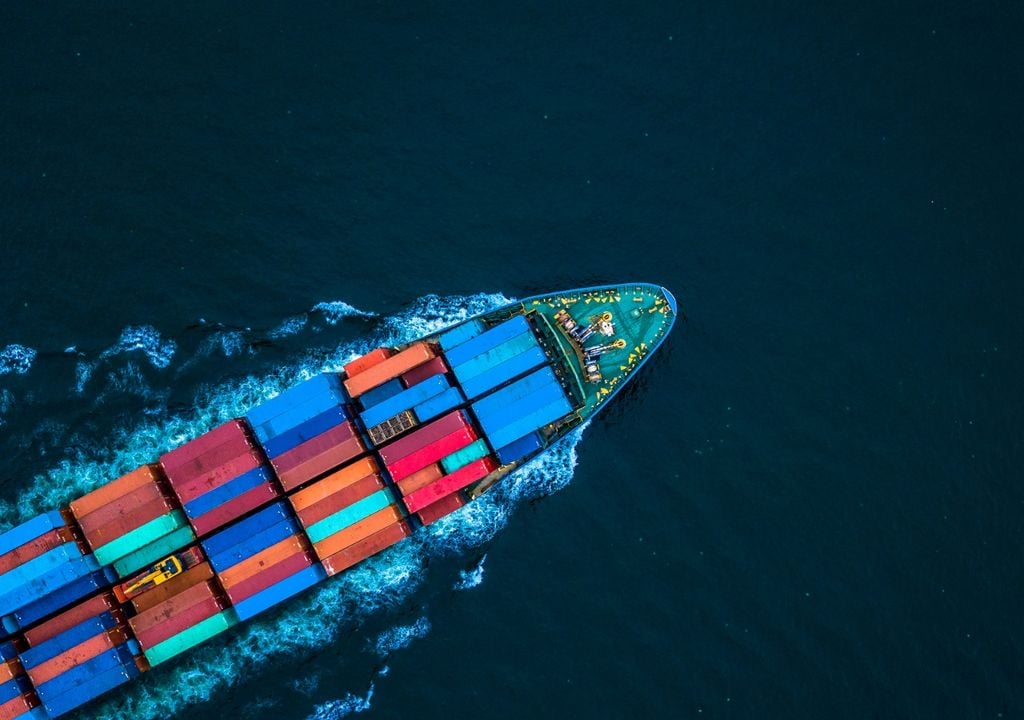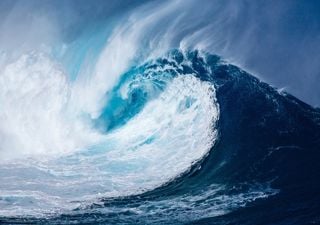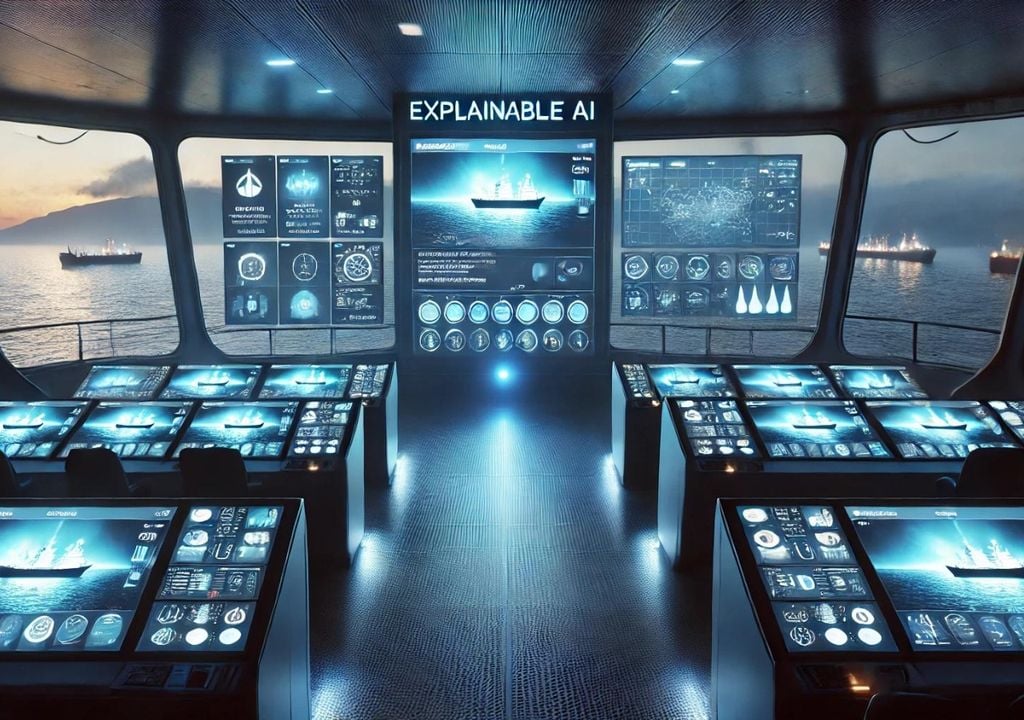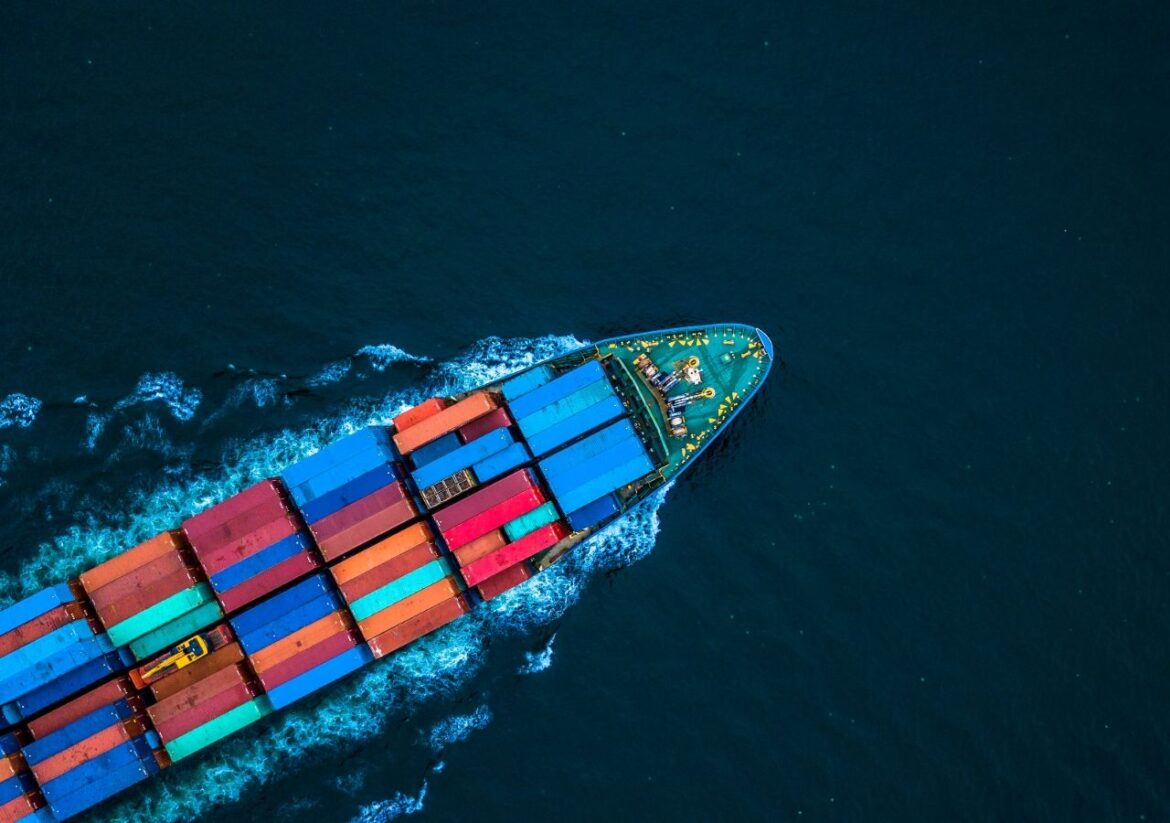 Engineers at Osaka Metropolitan University have developed an AI system that has helped boost trust in autonomous ship navigation by explaining its decisions.
Engineers at Osaka Metropolitan University have developed an AI system that has helped boost trust in autonomous ship navigation by explaining its decisions. ![]() Lee Bell 26/04/2025 12:00 4 min
Lee Bell 26/04/2025 12:00 4 min
Human error is still one of the biggest dangers out at sea – and that’s something researchers are keen to tackle. One team in Japan reckons that onboard computers shouldn’t just help steer ships, they should also explain their actions as they go.
That’s the thinking behind a new AI model from Osaka Metropolitan University, designed not only to help ships dodge collisions, but to show the crew exactly why it’s making each move. This, the researchers say, is because when a vessel suddenly swerves, knowing the reason isn’t just helpful – it’s crucial.
AI that earns trust
The model, built by graduate student Hitoshi Yoshioka and Professor Hirotada Hashimoto, was designed around transparency. It

works by quantifying the collision risk of every nearby vessel using numbers the crew can actually see and understand.
“By being able to explain the basis for the judgments and behavioural intentions of AI-based autonomous ship navigation, I think we can earn the trust of maritime workers,” said Professor Hashimoto.
The model’s ability to explain itself is part of what makes it so unique. Most AI tools just make a call and move on, but this one actively decodes its own process, showing both the risks it’s considering and the actions it plans to take. It’s designed to support, not override, human judgment – which is exactly what you want when lives and cargo are on the line.
A stepping stone
The scientists say that the model is especially helpful in high-stakes situations, when crew members aren’t likely to trust a black box, as they want to know what’s influencing a decision – and this is exactly what the system delivers.
“I also believe that this research can contribute to the realisation of unmanned ships,” Hashimoto said, suggesting that he sees the model as a stepping stone to something even bigger.
 The new model could enable crews to better understand and respond to potential collision risks by making AI-driven actions transparent and traceable.
The new model could enable crews to better understand and respond to potential collision risks by making AI-driven actions transparent and traceable.
With sea routes getting busier and shipping more automated by the day, tools like this could be a real game-changer, offering a safer, smarter way to navigate, without sidelining the people in charge.
Instead, it makes their tasks clearer and probably a bit less stressful – especially when they know the tech has their back, and can tell them why. It feeds the bigger question of whether AI is here to take our jobs, or merely inform us and make us better at them.
Reference of the news
Explainable AI for ship collision avoidance: Decoding decision-making processes and behavioral intentions, published in Applied Ocean Research, April 2025, Hitoshi Yoshioka, Hirotada Hashimoto


AloJapan.com